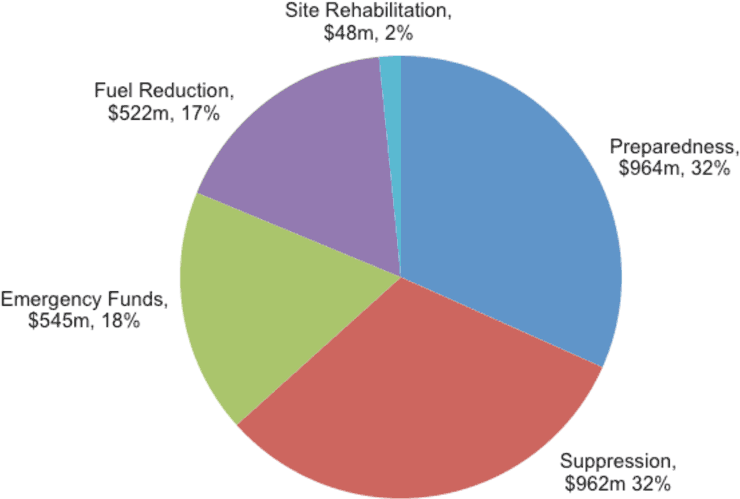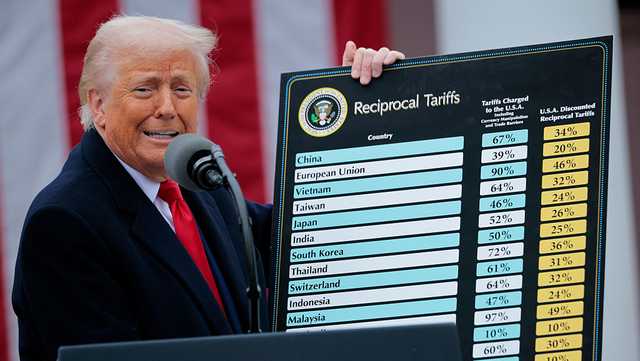Fund program under stress
By Muhammad YaseenPublished On 06 Jan 2023

THE $6 billion Extended Fund Facility (EFF) of the International Monetary Fund (IMF) appears under stress even before the second quarterly review begins this week. Pakistan and the Fund authorities are nevertheless expected to put up a brave face for now.
Facing a revenue shortfall of Rs390bn in the first seven months (July to January) of the current fiscal year, the PTI government appears set to beat its last year record of perhaps the biggest revenue failure. The final revenue collection in the last fiscal year was almost Rs607bn short of the Rs4.435 trillion budgetary target.
This year, the seven-month revenue collection provisionally stands at about Rs2.41tr against the target of Rs2.79tr. The direction is almost clear by now. There is hardly any indication about the remaining Rs3.09tr collection in just five months to come. The 16.8 percent growth over last year is way behind a targeted revenue growth of 43pc envisaged in the budget 2019-20.
The torchbearer of an ambitious revenue target of Rs5.503tr has already proceeded on leave and is unlikely to face the IMF staff when they open books starting tomorrow as part of the second EFF coupled with mandatory Article IV review. The first review of the IMF program completed in the first part of November last year also ended on a cheerful note despite apparent slippages.
What followed in the staff report to the executive board of the IMF was not that hunky-dory even though it led to the disbursement of a $452 million tranche. It was, nevertheless, put in the public domain almost two months later that six structural benchmarks of the program were not met, reset or had to be modified within six months after the signing of the bailout package in July 2019.
As such, a total of nine indicative targets or performance criteria were changed and four new structural benchmarks were introduced to stay in the program. Progress on some of those most critical areas remains lackluster at least at this stage, particularly those relating to electricity and gas rates and revenue performance.
Even where the numbers may appear impressive, the story behind indicates tricks rather than qualitative structural corrections. For example, ministers and top officials are reported to have put on record in parliamentary committees and cabinet meetings that about Rs54-60bn reduction in circular debt was achieved due to unaccounted for sale of 6bn units of electricity from the Neelum-Jhelum Hydropower project pending the signing of a power-purchase agreement. Key successes were achieved by passing on increasing costs of inefficiencies, mismanagement, and theft to honest, paying consumers.
For instance, the revised structural benchmark for end-January relating to the notification of second-quarter electricity tariff adjustment for capacity payments remains outstanding. The authorities committed to reduce the accumulation of new arrears, through sustained implementation of circular debt reduction plan, from Rs450-500bn in the 2018-19 fiscal year to Rs50-75bn by 2022-23 and eliminate all new arrears by end-2023.
For this to deliver, the Ministry of Energy was required to publish its first report on the plan’s implementation by end-January 2020. That remains outstanding. Alongside, the reforms in the gas sector appear behind schedule, as gas tariff increase committed for end-December 2019 is still outstanding more than a month later.
But more importantly, the IMF raised serious questions marks on the revenue front. While the large slippages on the tax collection front were compensated by the non-tax revenue side, chiefly because of one-off rollovers from the previous year to achieve targeted primary balances, the quality of tax collection did not go unnoticed.
“Nonetheless, staff flagged the risks stemming from the composition of adjustment, with an important component from non-tax revenues to date, and cautioned that fiscal consolidation must be achieved on the back of high-quality measures to ensure the sustainability of the adjustment,” the IMF said in its first review of the current EFF arrangement.
The second review would provide an opportunity for the two sides to finalize a mid-year budget review report.
This is also a new structural benchmark for end-February. An agreement on further budgetary measures to be taken over the next four and a half months to make up for the slippages in the first seven months would be the ultimate outcome.
The IMF staff identified some of the risks to the program remain unchanged. It pointed out that lukewarm progress on structural reforms, especially those aimed at strengthening the governance of economic institutions, could result in stagnant economic activity and little tangible benefits for the population, intensifying pressures to backtrack on policy commitments.
Failure to meet programme objectives could jeopardize the availability of external financing. While Pakistan has done enough to meet requirements of the FATF action plan but the continuation of Islamabad’s staying in the grey list until October 2020 could not be entirely ruled out.
It would be interesting to see if further changes to benchmarks and targets are envisaged in the second review. Also, the introduction of additional budgetary measures could lead to further economic difficulties for the people already braving almost 12pc inflation, particularly over 20pc food inflation.
Moreover, a population growth rate of 2.1pc and GDP growth rate of around 2.4pc hardly leave anything — precisely less than 0.3pc — to the combined good of more than 200 million Pakistanis that requires at least 7pc growth to absorb a youth bulge.









